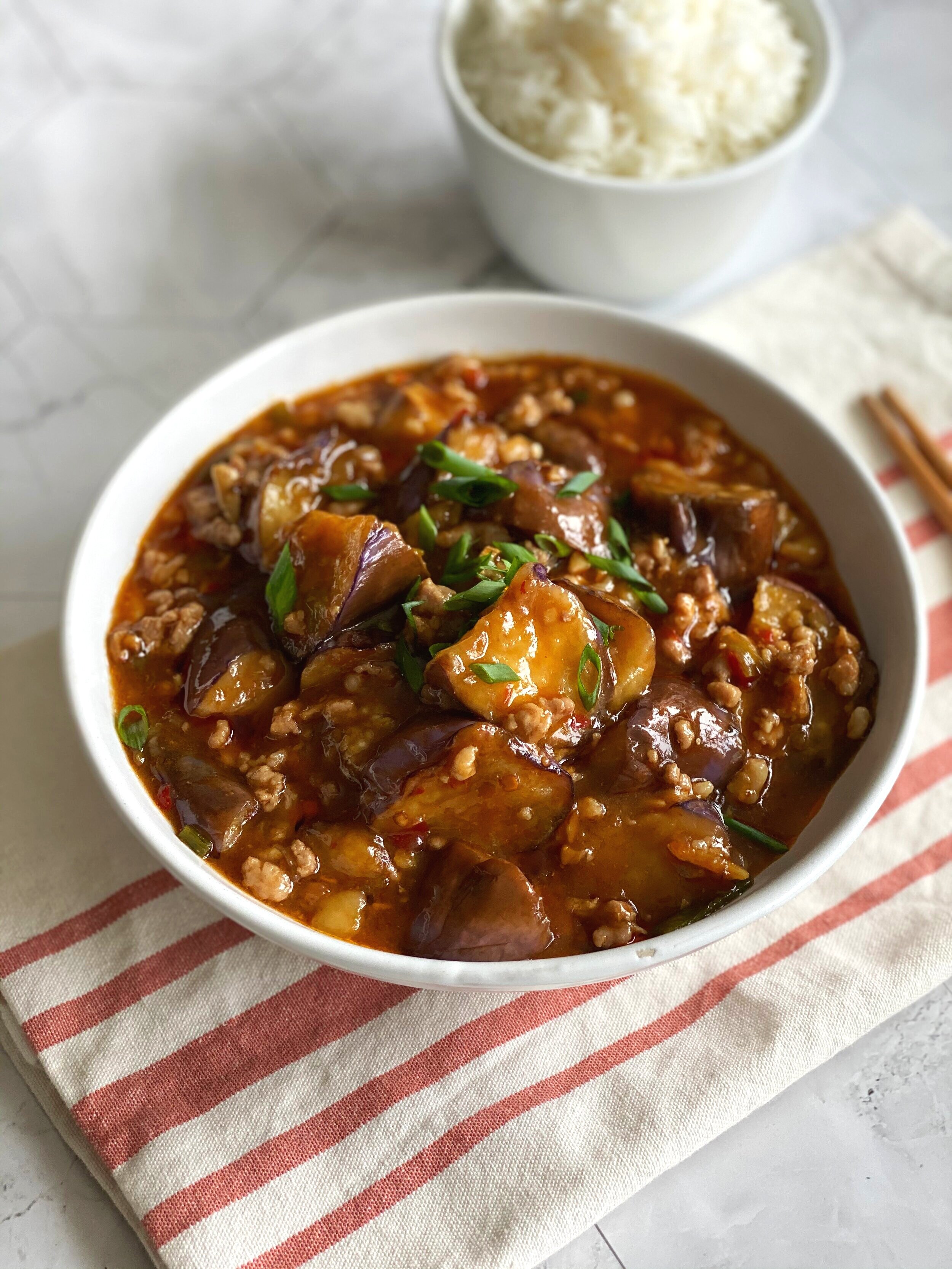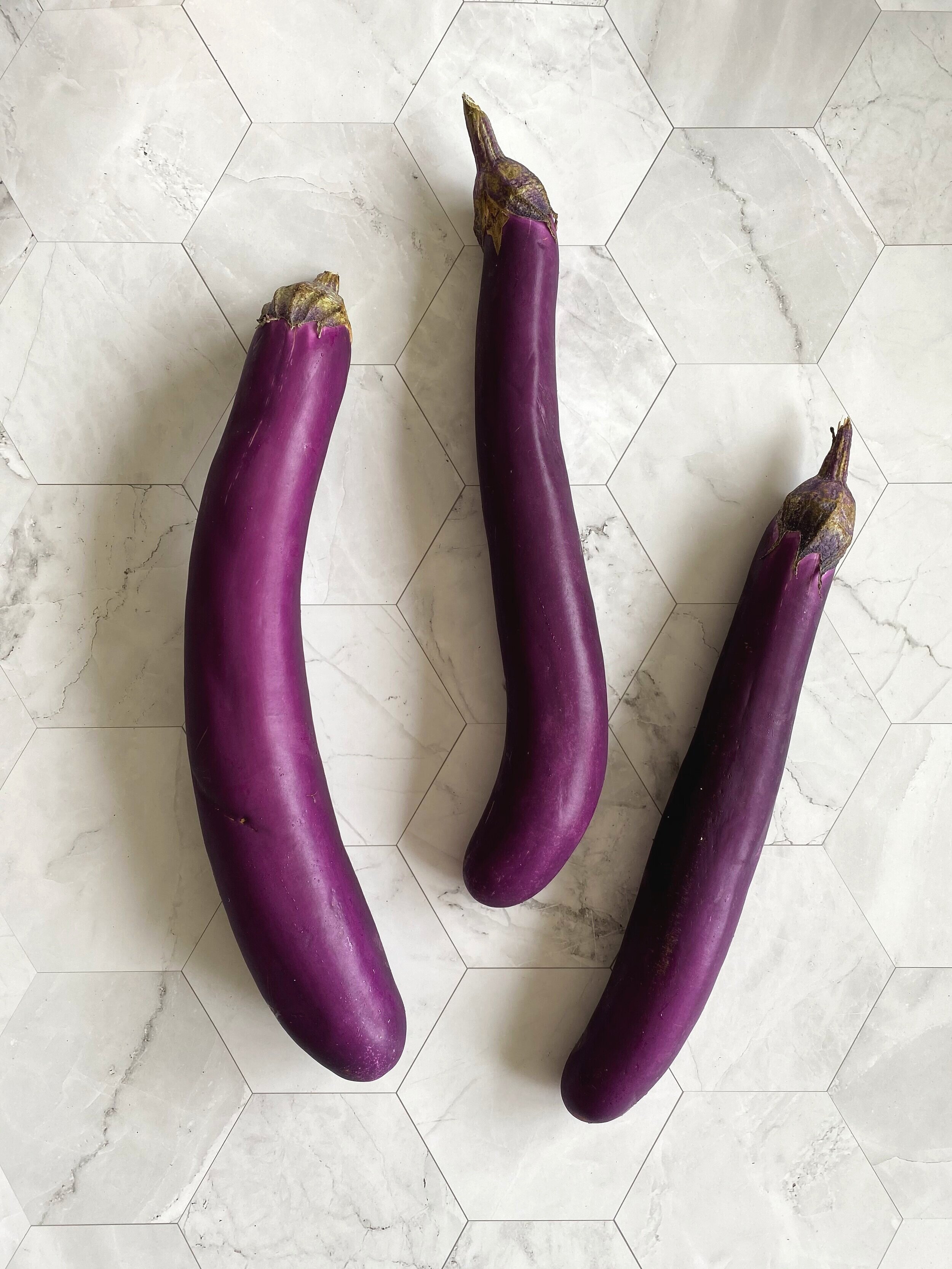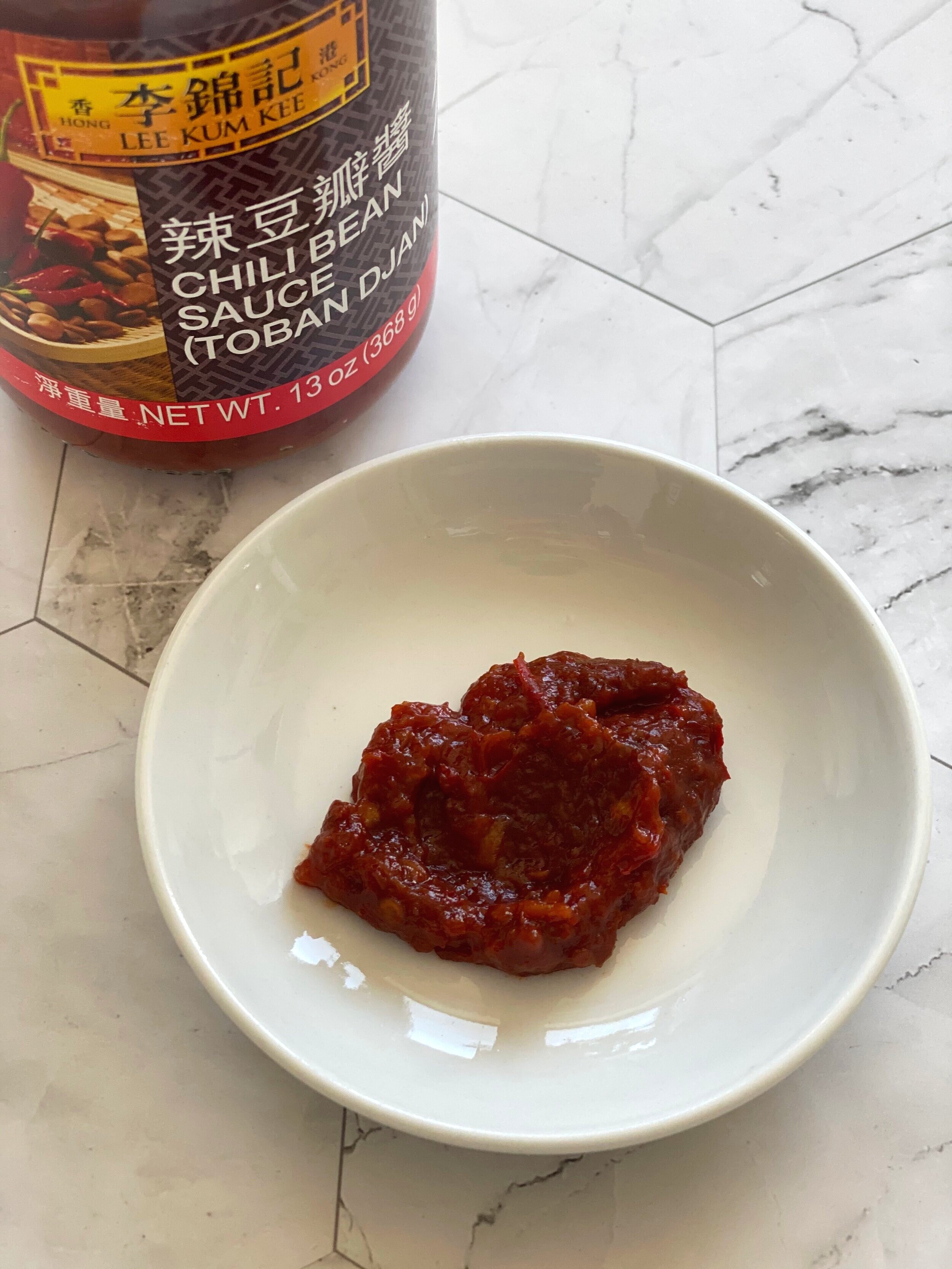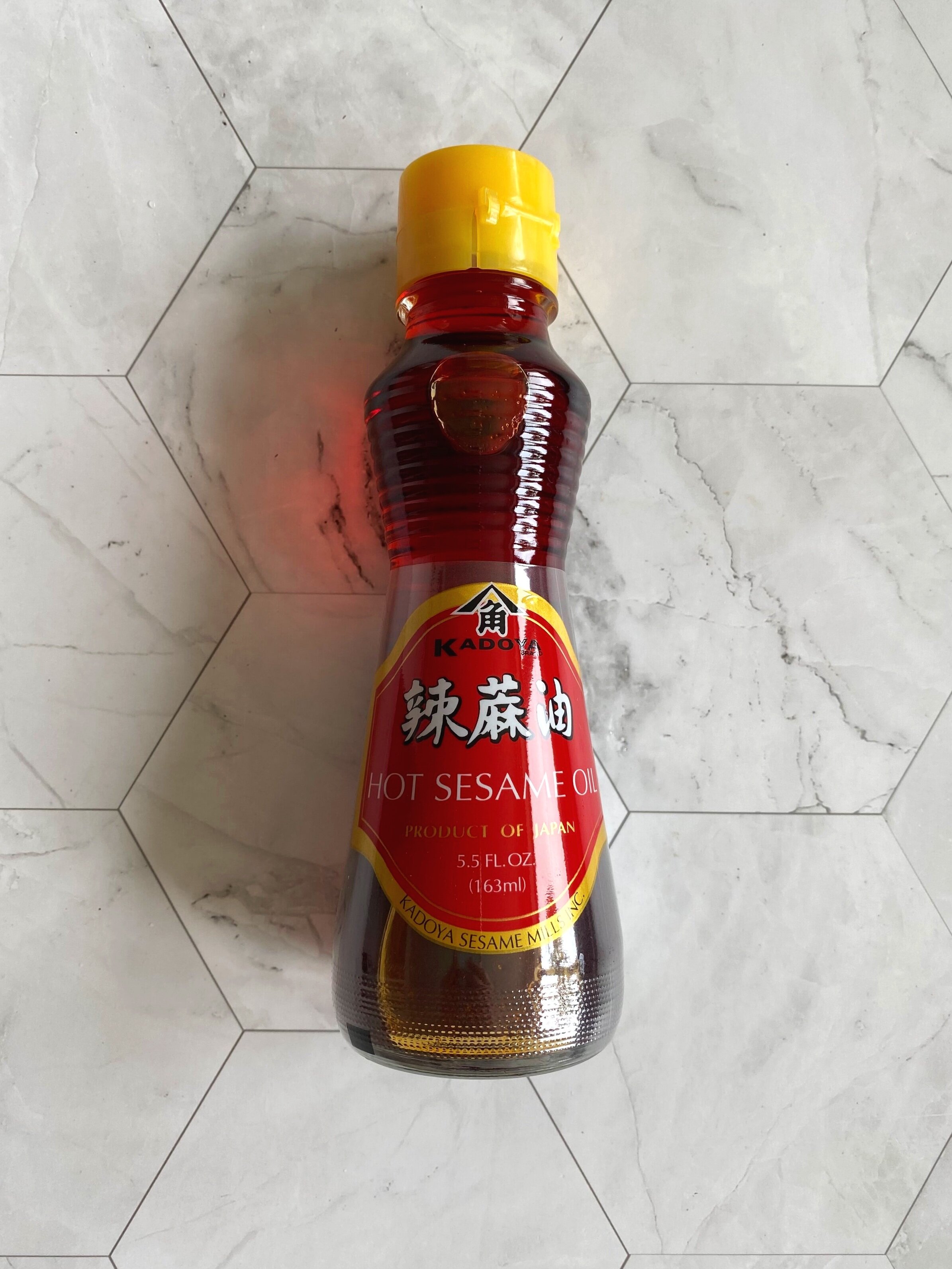eggplant in garlic sauce
Eggplant in garlic sauce is how I was introduced to this nightshade vegetable. It is a dish filled with so many complex flavors. Every tastebud on your tongue gets to experience something totally different. One bite will give you savory, spicy, sweet, fatty and umami. Even those who are not fans of eggplants will order this dish. It’s truly that good! However, the name of this dish is just as complex as the way it taste. In traditional Chinese restaurants, we call it 魚香茄子 fish fragrant eggplant. I remembered I would always search for a piece of the filet or perhaps a dried anchovy. Instead I would find little nuggets of crispy ground pork. I asked my parents and they were able to clear up the confusion for me. The fish flavor comes from fish sauce. When deglazing a dish with fish sauce, it perfumes and infuses the sauce which coats the eggplant. As for the little nuggets of pork, that’s just how to make this dish more filling yet not breaking the bank. Meat was very expensive back in the day so by adding a small amount, it lend the fattiness and flavor without the cost. It was a clever way to make the dollar stretch. Last but definitely not least the eggplant itself has such a meaty texture that it provided mouthfeel and the illusion of consuming more meat.
eggplant in garlic sauce
Prep time: 25 minutes | Total time: 25 minutes
Serves: 2
Ingredients:
1 pound Japanese eggplants, about 2-3 medium, cut into 1-inch pieces*
Kosher salt
2 teaspoons light soy sauce
1 /2 teaspoon dark soy sauce
1 tablespoon sugar
2 tablespoons plus 2 teaspoons cornstarch
1/3 cup vegetable oil
3 cloves garlic, minced
1/2-inch piece ginger, finely grated
2 scallions, thinly sliced, white and greens separated
1/2 pound ground fatty pork
2 teaspoons Shao Xing wine
1 teaspoon fish sauce
2 tablespoons chili bean paste, toban djan or doubangjiang**
1 teaspoon toasted hot sesame oil***
Steamed white rice, for serving
Instructions:
Place the eggplant slices in a medium bowl. Toss with 2 teaspoons salt. Cover with cold water and place a plate to submerge the eggplant. Let sit for 5 minutes.
Meanwhile, whisk light soy, dark soy, 2 teaspoons cornstarch, sugar and 1 teaspoon of water in a small bowl until well combined. Set aside.
Drain the eggplant slices well and pat dry with paper towels. Coat with remaining 2 tablespoons corn starch.
Heat 2 tablespoons vegetable oil in a wok or large non-stick skillet over medium-low heat. Carefully pan fry half the eggplant until golden brown, about 3 minutes. Transfer to a bowl. Add an additional 2 tablespoons of oil to the woke and repeat with remaining eggplant.
Add the remaining oil to the wok and turn heat to medium-high. and Add the garlic, ginger and scallion whites. Let cook until golden brown and fragrant, about 1 minute. Add the ground pork and break it up using a wooden spoon. Deglaze with the Shao Xing wine and fish sauce.
Add the chili bean paste and 1/2 cup of water. Give the cornstarch a final stir before adding it to the pork mixture. Stir until mixed well. Adjust heat to medium and add prepared eggplant slices. Let simmer until eggplant is soften and sauce has just thicken, about 5 minutes. If sauce becomes too thick and eggplant is not soft yet, add an additional 1/4 cup of water.
Drizzle with toasted hot sesame oil. Season with additional fish sauce, if desired. Transfer to a serving platter and garnish with scallion greens. Serve with steamed rice and enjoy.
Cook’s Note
*What is Japanese eggplant?
Japanese or Asian eggplants are straight and thin. The skin is also thinner than traditional Globe or Italian eggplants. The texture is about the same with the difference of the seeds. Japanese eggplant seeds are more tender and smaller. The flesh of a Japanese eggplant is also sweeter. It is also purple in color but slightly less dark.
**What is chili bean paste?
Chili bean paste 豆瓣醬 has many names due to pronunciation, Toban Djan or Doubanjiang. Traditionally it is a fermented broad bean paste made with salt, rice, spices and it may or may not contain chili flakes. It adds such depth to stews because of the complex flavors and umami. My favorite is from Lee Kum Kee Toban Djan.
***What is toasted hot sesame oil?
Sesame oil 芝麻油 is an edible vegetable oil derived from sesame seeds. Besides being used as a cooking oil, it is used as a flavor enhancer in many cuisines, having a distinctive nutty aroma and taste. Hot toasted sesame oil is sesame oil that is infused with chili peppers. My favorite is from Kadoya 100% Hot Sesame Oil.
How to make this dish vegetarian or vegan?
You can omit the ground pork all together for a vegetarian spin. For all my vegan friends, you can also omit the fish sauce, just replace it with more light soy or salt.




